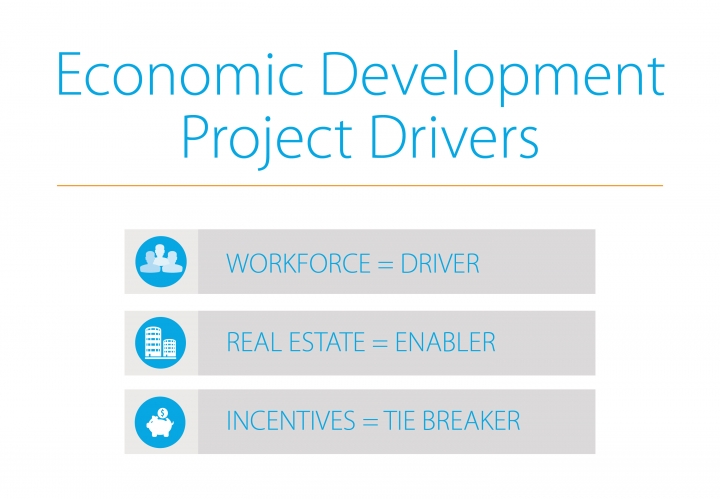New Series: Keeping up with the new economy

There’s no doubt the economic recovery is upon us and our economic development program is seeing its full effect—local employers are expanding, project leads are increasing, and prospects are visiting with us about defined projects, not just vague inquiries.
But are we ready for the growth that’s coming? What do businesses need in this new economy?
Recently, as part of our marketing efforts, we attended a large gathering of site-selection consultants—the advisors that play an influential role in the decision-making process when companies are considering expansions, relocations, or even facility closures. At the conference, we took part in a great deal of discussion surrounding exactly what it is that companies are looking for in a community.
In many ways, what we heard confirmed that many of our initiatives are moving Springfield in the right direction on a number of fronts, but there are several trends that everyone should be paying close attention to:
- Workforce: With an entire area of focus and a number of new initiatives dedicated to this trend, this is not the first, nor the last time you’ll see the word workforce in a Chamber publication. Every day, the quantity, quality, and efficiency of labor becomes a more and more important driver in a company’s decision on where to locate. Labor analyses done by consultants are becoming extremely complex, and the expectation of communities is that their workforce will have the right skills and that the community will have the programs to train and retrain workers to acquire the skills that companies need. Manufacturers, back office operations, headquarters and the like are all focused on labor as a top-line driver for considering any community.
- Real Estate: To enable our community to stay in the running for a new company or a competitive expansion, there have to be real estate options, and they must be turn-key. This is why late last year the Chamber and SBDC made a push to highlight the need for speculative building development. These efforts have begun to take root, with one local spec building already under contract. While the majority of prospects continue to look for existing space to significantly reduce the time to market, they are also beginning to consider shovel-ready sites. What companies don’t want is to wait around for a site to be properly planned, streets to be poured, utilities to be extended and even site grading to be done. Speed to market enables projects to move forward, something our community needs in order to capitalize on the rapid growth that is expected nationwide.
- Incentives: Often incentives get the headlines in an economic development project announcement. While they are an important factor, most site selection consultants will tell you incentives aren’t what leads the site search to a specific location. Typically they serve more as a tie-breaker between a few finalists that are more or less equal when it comes to workforce and real estate. The key to good incentives is that they have to be flexible for modern companies, but not give away more than our community is comfortable with. We continue to support and refine our incentive offerings in order to be competitive, but still hold true to Springfield’s values of building our community for the long-term. Saleable tax credits that can be turned into cash, loans that are forgivable based on job creation, and tax abatements are becoming increasingly more sophisticated.
These trends have been building since the recession, but as economic activity picked up, their importance accentuated. Over the next few months my blog series will take a deeper dive into how each of these trends are playing out in our local market, and I’ll cover the community initiatives that we’re spearheading to ensure that Springfield is ready for the next wave of economic growth.
In the meantime, we’d like to hear from you. What growth trends is your business watching, and how are you staying ahead of the competition? Let us know in the comments section below.

